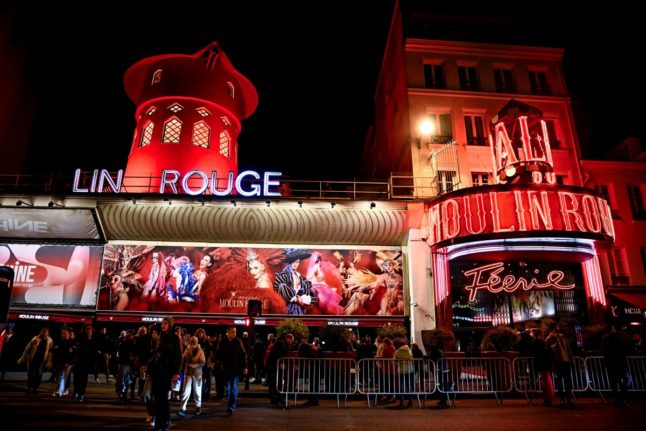France, in common with most of the rest of the world, has a celebration on the night of December 31st to mark the end of the year and the beginning of the next year. It mostly involves Champagne, some nice food, dancing and perhaps some fireworks, depending on where you are.
December 31st is the time when everyone gathers to celebrate the end of the old year and the beginning of the new – and January 1st is a public holiday, to allow you to deal with your hangover.
But while the general New Year period is known as le nouvel an (the new year), the evening of December 31st is known as Le réveillon de la Saint-Sylvestre, often shortened simply to le Saint-Sylvestre.
But who was Saint Sylvester and how did his name come to be linked to one of the biggest parties of the year?
He’s one of the Catholic Church’s least known saints – in the sense that there is little about his life that is certain (and we know nothing about his views on what makes a good party).
Sylvester was pope from January 31st, 314 – the year after the Edict of Milan declared tolerance for Christianity in the Roman Empire – until his death, in December 335.
He was one of the first popes to be honoured with the title ‘confessor’.
According to one legend, he even baptised the Roman Emperor Constantine, curing him of leprosy in the process. This, however, has been dismissed as a fifth-century hoax, not least because Sylvester died, in Rome, two years before Constantine’s deathbed baptism by Eusebius of Nicomedia, in what is now modern-day Turkey.
What is known, is that during Sylvester’s papacy, work started on a Basilica dedicated to Saint Peter in Rome – the first Saint Peter’s. The original building, on the site of Saint Peter’s Basilica in Vatican City, stood until the 16th century, and is now usually known as Old Saint Peter’s.
The Basilica of Saint John Lateran, the Basilica of the Holy Cross in Jerusalem, and several churches built over the graves of martyrs were also founded during Sylvester’s papacy.
Vatican News, the official media of the Holy See, states: “Sylvester marked the transition from pagan Rome to Christian Rome and witnessed the construction of the great Constantinian basilicas.”
But the scale of his involvement in the rise of the Roman Catholic church, in the rapid development of Christianity around this time isn’t clear. It is understood he wasn’t present at the First Council of Nicaea in 325, where key tenets of the Catholic faith were agreed.
And, today, Sylvester is widely forgotten, while Constantine gets all the ‘development of Christianity’ glory.
However, the pope-turned-Saint was buried in Rome, on December 31st, 335 – which is why December 31st is his saint’s day.
It’s also been suggested that this day is appropriate for him, because his reign as pontiff marked the transition from the pagan to the Christian faith as the dominant religion of the Roman empire, and December 31st marks the transition from the old year to the new.
Either way, this is why New Year’s Eve is often known as the Feast of Saint Sylvester.
Fortunately, however, the accent remains more on drinking, dancing, fireworks and general merriment and you’re not required to know any obscure facts about the early Catholic church.



 Please whitelist us to continue reading.
Please whitelist us to continue reading.
Member comments